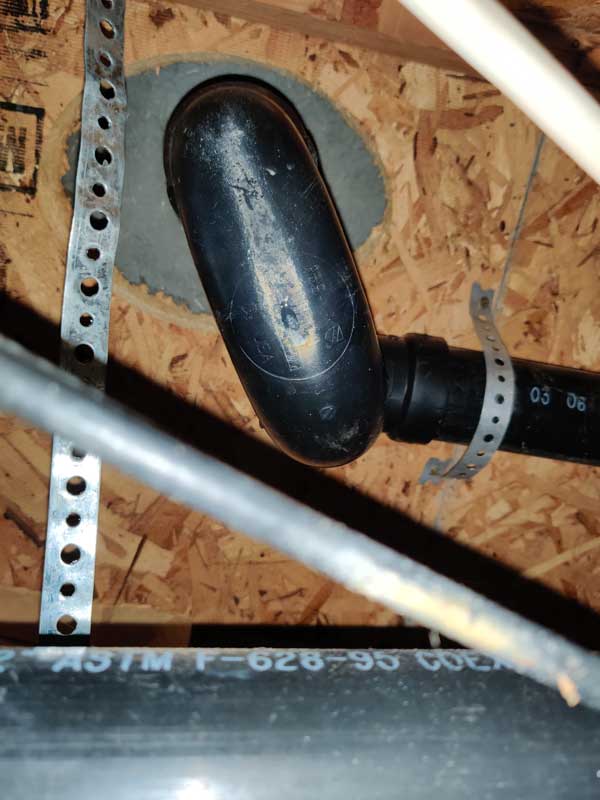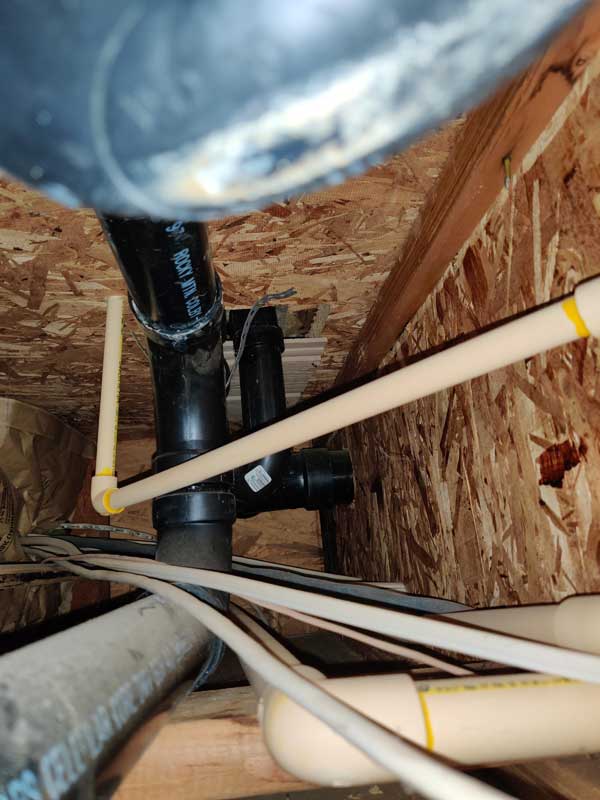Lost Dog
New Member
The air in Southwest Washington had finally cleared and all was right with the world until I heard my wife ask "Why does the laundry room ceiling have a hole in it?".
In the bathroom upstairs we have a shower stall with a drain in the center.
(sorry, for some reason I could not get the images to show up in this post)
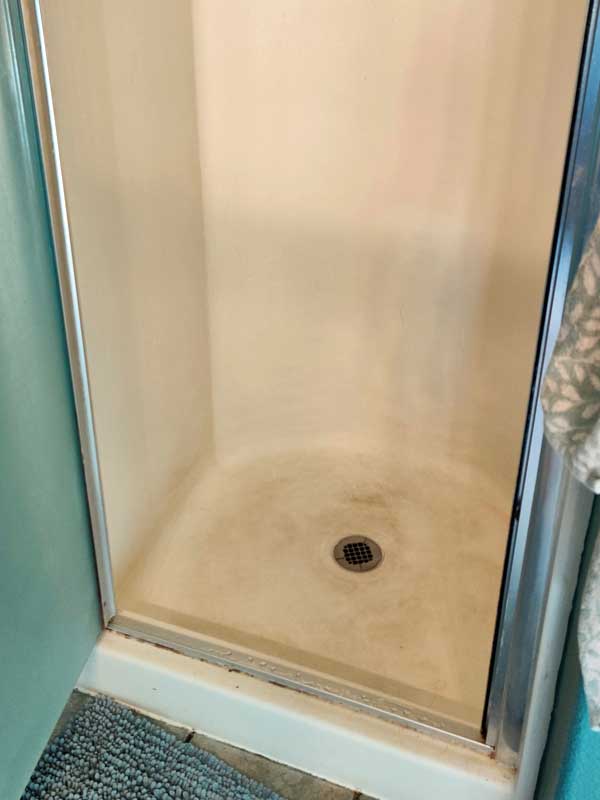
(I really need to scrub that down!!!)
Once I cut a hole in the drywall below I saw the issues seemed to be leaking from where the drain pipe meets the shower drain.
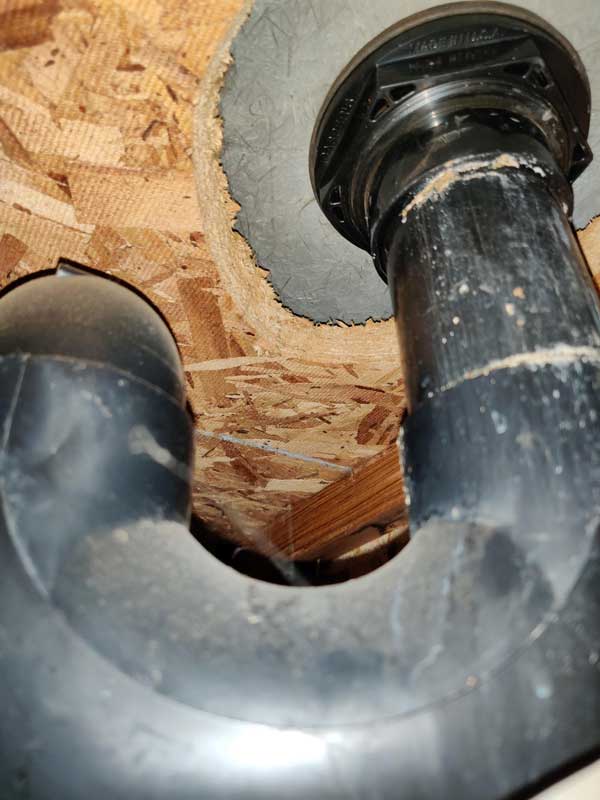
I put my phone in the hole and then ran the water and stepped around the drain. I was surprised to see the amount of flex from the shower. You can see the water coming out from between the drain and pipe when it moves up and down. The house was built in 1997 so it's had 23 years of flexing. I'm assuming this has a rubber gasket between the pipe and the drain and the flex has worn it down over time (small video in the link below).
https://imgur.com/0WICJuf
There is a large gap between the subfloor and the shower (about 1.5"). I shoved a USB borescope in there and got a picture. No mortar was used between the shower and the floor so it's just sitting on the wooden standoffs.
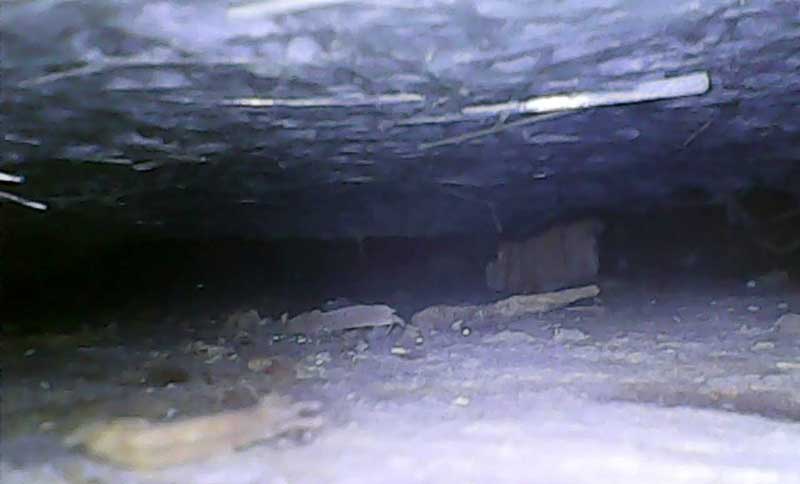
Two questions...
Is this just a case of unscrewing the old drain from below, pulling it out from the top and replacing it with a new one? I've heard it recommended to use either putty or silicon sealant between the drain and the shower floor. Either one better?
What can I do about the flex? It took ~20 years for this to be a problem but I'd like to prevent it again. Short of pulling the shower out and adding mortar, what can I do? I was thinking of shoving some wooden blocks in through the opening seen in the pictures above. If I could at least brace the center it may help. Any other thoughts? Hand pack some mortar around it from below? I've seen people suggest minimal expanding foam but I've also seen where people have lifted or cracked the tub / shower doing this!
I'm concerned that much flex is stressing the rest of the piping assembly below.
Sorry for the long post but I wanted to be thorough!
Thanks for all the help!!!!!!!
Neil
In the bathroom upstairs we have a shower stall with a drain in the center.
(sorry, for some reason I could not get the images to show up in this post)

(I really need to scrub that down!!!)
Once I cut a hole in the drywall below I saw the issues seemed to be leaking from where the drain pipe meets the shower drain.

I put my phone in the hole and then ran the water and stepped around the drain. I was surprised to see the amount of flex from the shower. You can see the water coming out from between the drain and pipe when it moves up and down. The house was built in 1997 so it's had 23 years of flexing. I'm assuming this has a rubber gasket between the pipe and the drain and the flex has worn it down over time (small video in the link below).
https://imgur.com/0WICJuf
There is a large gap between the subfloor and the shower (about 1.5"). I shoved a USB borescope in there and got a picture. No mortar was used between the shower and the floor so it's just sitting on the wooden standoffs.

Two questions...
Is this just a case of unscrewing the old drain from below, pulling it out from the top and replacing it with a new one? I've heard it recommended to use either putty or silicon sealant between the drain and the shower floor. Either one better?
What can I do about the flex? It took ~20 years for this to be a problem but I'd like to prevent it again. Short of pulling the shower out and adding mortar, what can I do? I was thinking of shoving some wooden blocks in through the opening seen in the pictures above. If I could at least brace the center it may help. Any other thoughts? Hand pack some mortar around it from below? I've seen people suggest minimal expanding foam but I've also seen where people have lifted or cracked the tub / shower doing this!
I'm concerned that much flex is stressing the rest of the piping assembly below.
Sorry for the long post but I wanted to be thorough!
Thanks for all the help!!!!!!!
Neil

